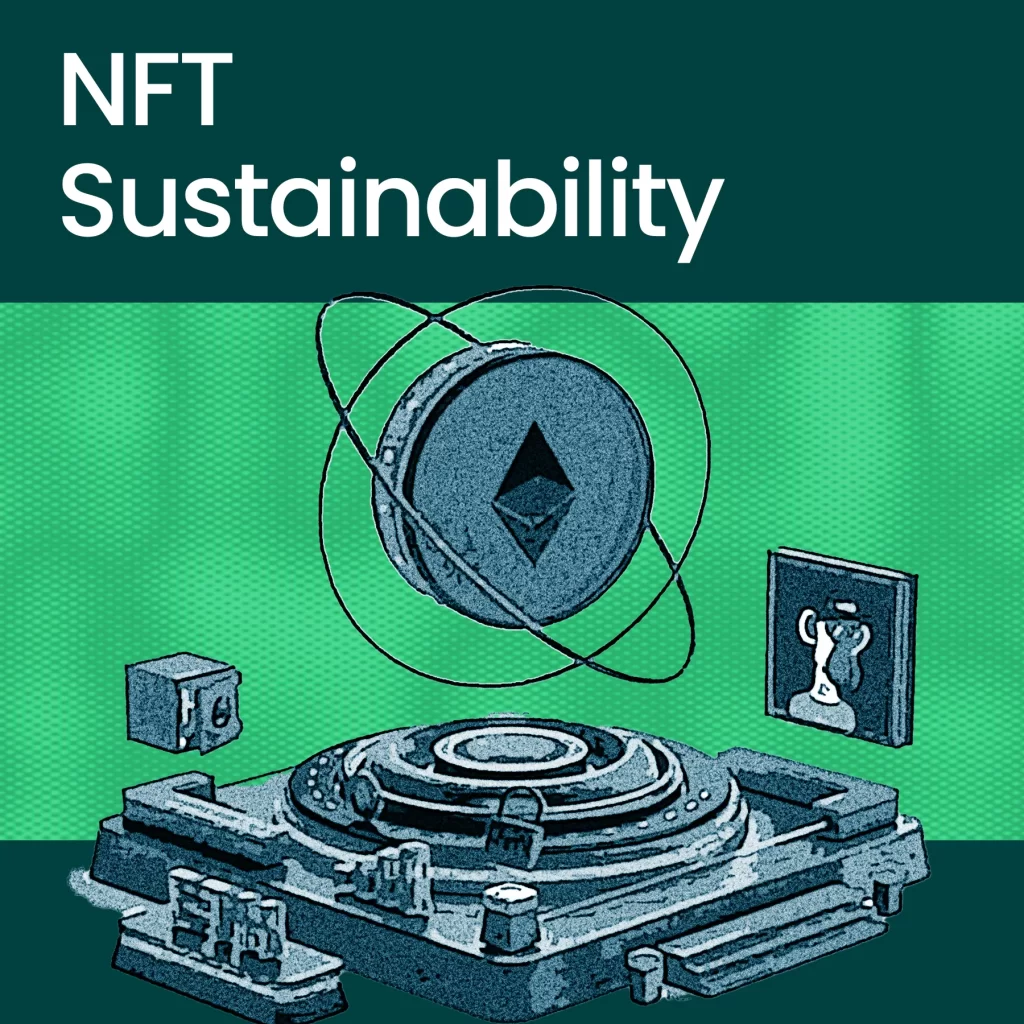
During the meteoric rise of cryptocurrency and digital art, Non-Fungible Tokens frequently found themselves amidst both admiration and scrutiny. The media was rife with reports on the environmental impact of minting NFTs, especially on the Ethereum blockchain, painting a picture of concern for many. Yet, as is the nature of technology, evolution is inevitable. While the actual landscape of NFT minting has transformed significantly, much of the media and, consequently, the public continue to hold onto outdated narratives.
The Old Concerns
NFTs took the world by storm, offering artists, musicians, and various creators a revolutionary way to monetize their work. However, their appeal has since broadened, with an array of businesses recognizing the potential of NFTs beyond just art. Industries ranging from real estate to entertainment, and even luxury brands, are leveraging NFTs for their transparency, immutability, and safety.
Ethereum, the blockchain that became synonymous with NFTs, played a pivotal role in this ascent. The majority of NFTs were minted on Ethereum, primarily because of its robust smart contract capabilities, early adoption, and a vibrant ecosystem that made it the go-to platform for digital artists and collectors alike. However, as the NFT space burgeoned, so did concerns about its environmental footprint.
The original Ethereum blockchain operated on a proof-of-work (PoW) consensus mechanism. While this ensured high security and trust within the network, it was also notoriously energy-intensive, requiring vast amounts of computational power and electricity. This drew criticism from environmental activists, and the broader public started questioning the sustainability of such practices.
As we delve deeper into this issue, it’s essential to note the transformative shift with the introduction of Ethereum 2.0 and the emergence of other blockchains. These developments not only address the environmental concerns but also signify the ever-evolving landscape of the blockchain and NFT world.
A New Dawn with Ethereum 2.0
On 15 September 2022, Ethereum made a groundbreaking transition from proof-of-work to proof-of-stake, marking the advent of Ethereum 2.0. This shift wasn’t merely a technical upgrade; it bore profound ecological implications. As per the data, “The switch from proof-of-work to proof-of-stake on 15 September 2022 has cut Ethereum’s energy usage by 99%.” Such a drastic reduction brought Ethereum’s energy consumption closer to that of traditional payment systems, making it vastly more sustainable.
The sheer reduction in energy use directly translates to lower carbon emissions, especially if the electricity originally used was sourced from non-renewable means. This change not only addresses global calls for more sustainable technological solutions but also illustrates the blockchain community’s responsiveness to external feedback.
Still, Why the Misconception?
Change in technology often outpaces change in perception. Historical criticisms of the NFT space, while valid at the time, now serve as lingering misconceptions. The narrative once centered on the environmental costs of minting NFTs now needs an update.
While Ethereum’s transition to proof-of-stake is a significant step forward, it’s essential to recognize that the NFT ecosystem is vast. As mentioned earlier, Ethereum isn’t the sole platform for NFTs. Other blockchains may still operate on less efficient mechanisms. Educating the public about these nuances is crucial.
AERIE’s Role in a Greener NFT Future
NFTs, like all innovations, are part of a rapidly evolving landscape, with platforms continually adapting to the demands for greener and more efficient solutions. Supporting this green revolution is AERIE, an interoperable bulk minting and tokenization platform that supports a myriad of networks, including Ethereum, Binance Chain, Solana, Avalanche, and more. The beauty of this interoperability lies in the environmentally conscious consensus mechanisms these chains adopt. While Ethereum, Avalanche, and Binance Chain have embraced the energy-efficient proof-of-stake mechanism, the Solana blockchain innovatively employs a proof-of-history consensus mechanism, which ensures faster transaction times with a minimal environmental footprint.
These advancements signal a promising trajectory for the NFT industry. With platforms like AERIE supporting multiple networks committed to sustainable practices, the NFT world is not only becoming more diverse but also environmentally conscious.
For those who once held reservations about the ecological impact of NFT minting, there’s much to be optimistic about. The future is not just about embracing digital assets, but doing so in a way that honors our planet.